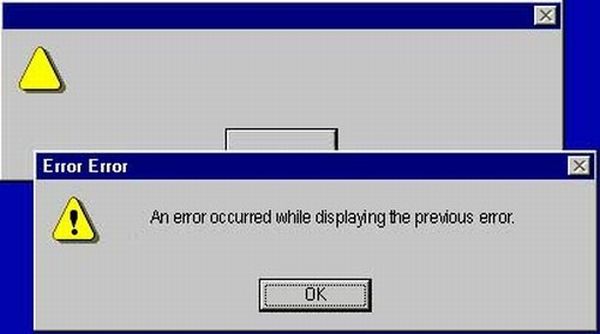Re: Why isn't glass objectively measured?
Hmm, I see you are talking and not reading or paying any attention
<div class="ubbcode-block"><div class="ubbcode-header">Quote:</div><div class="ubbcode-body"> Maybe I do a lot of low-light shooting, so I would rather have scope A with higher blue-end transmission but less overall transmission than scope B. Or maybe I'm blue-green color-blind so I can save money buying scopes with peaky transmission on the long-end of the spectrum.</div></div>
<div class="ubbcode-block"><div class="ubbcode-header">Quote:</div><div class="ubbcode-body">
Because that's the way a healthy market works. We have plenty of competing products to choose from, including multiples of every feature set you can imagine. If a company is making a good product why wouldn't they want to support their brand by releasing objective performance data?
Put another way: Why wouldn't manufacturers release optical quality data? Only because the data are embarrassing and they know they're commanding a market premium that their product doesn't warrant.</div></div>
Both of these were answered in detail:
Manufacturers offer it, not on "sales" websites but on "their" websites, you just have to look.
Examples,
Optical data
Magnification: 5 - 25x
Field of view @ 100m: 5.3m - 1.5m
Exit pupil: 10.95mm - 2.28mm
Eye relief: min 85mm
<span style="font-weight: bold">Twilight factor: 14.1 - 37.4
Light transmission: min 90% day & night</span>
Diopter setting: +2 to -3
or even better,
Everything you asked is provided by the manufacturer, at least some. you just have to look.





